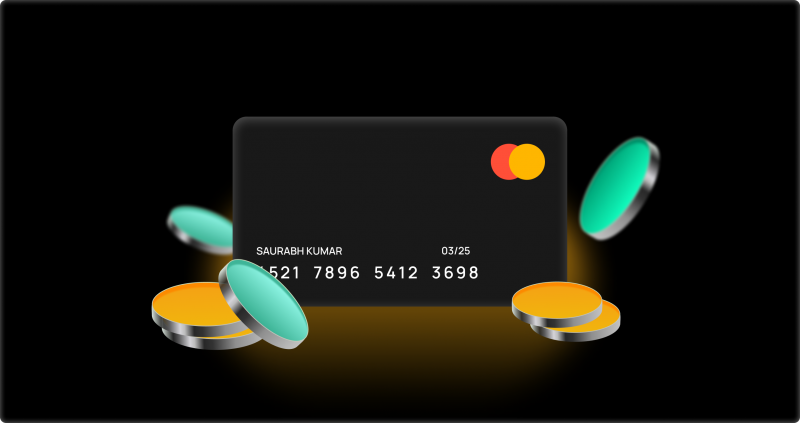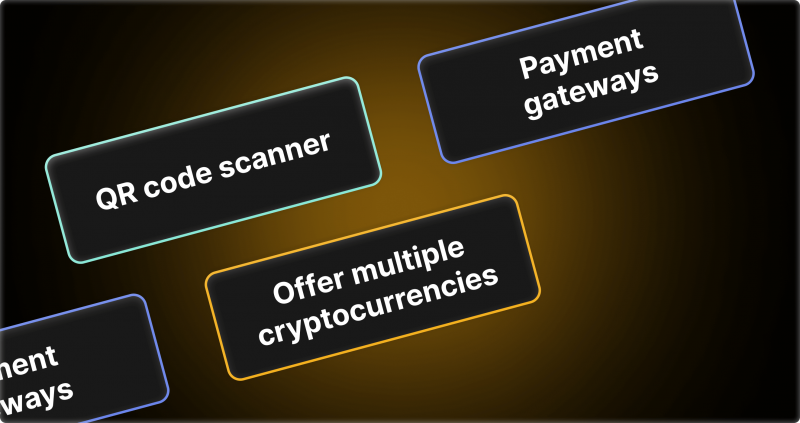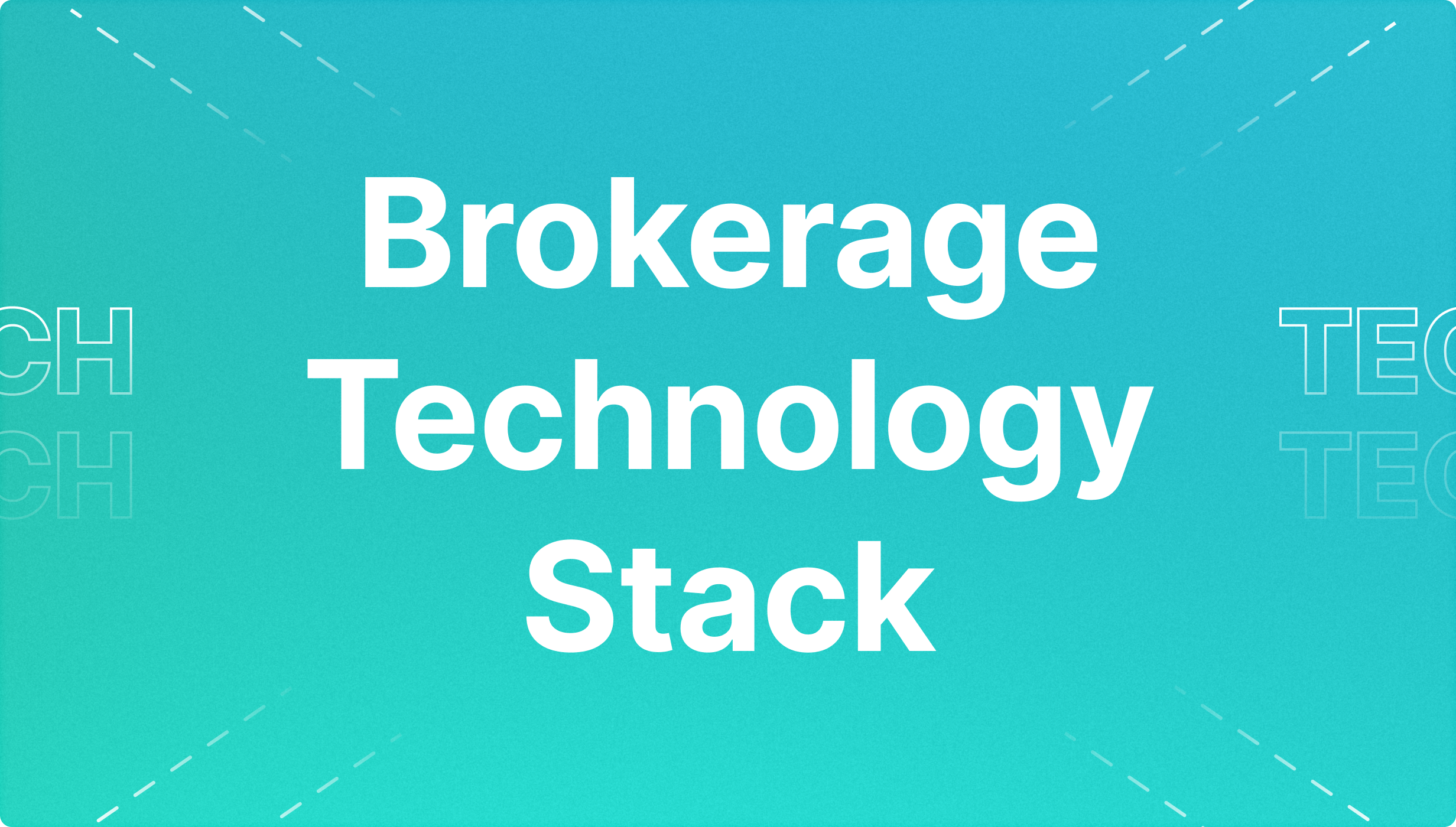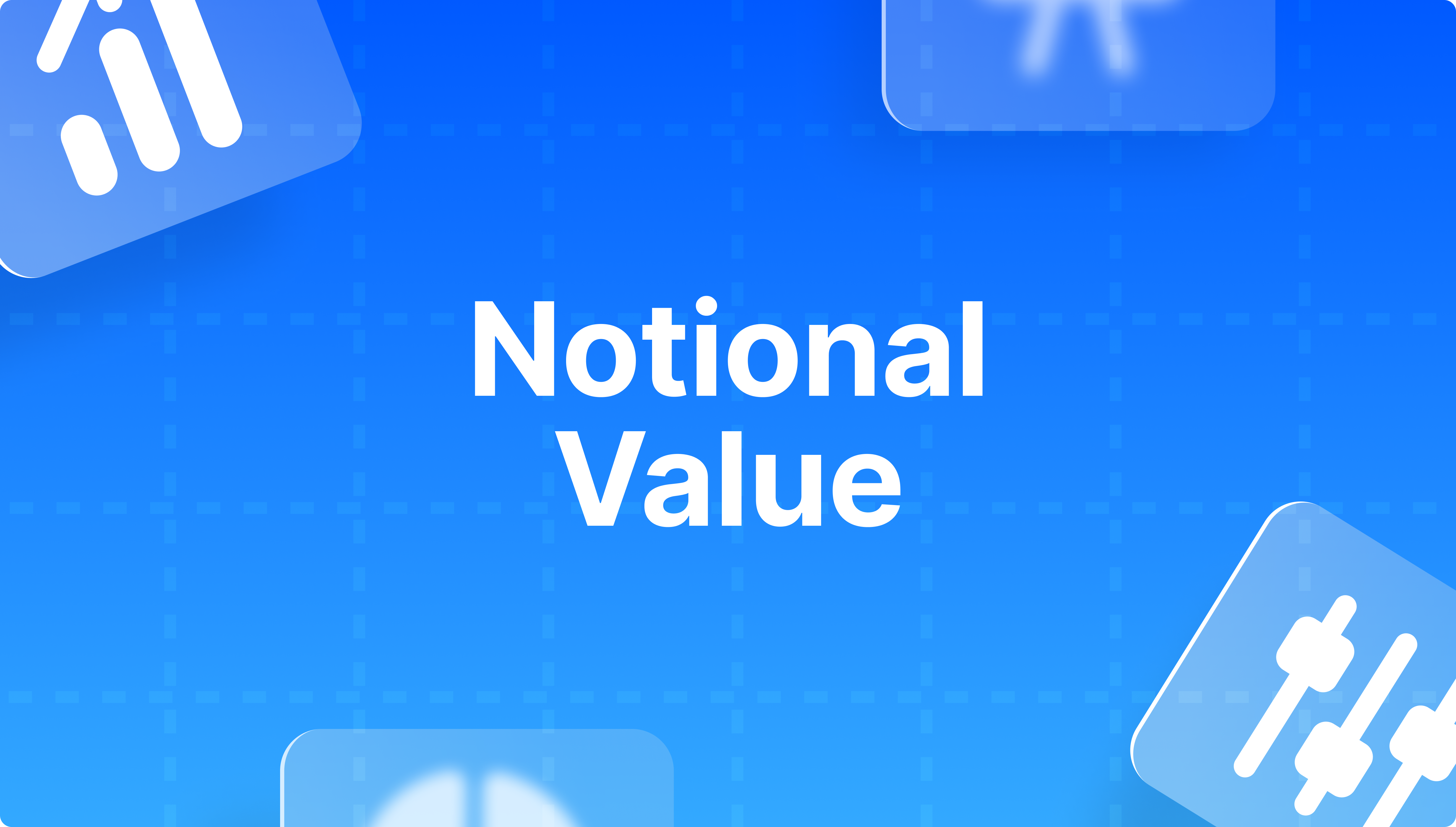How to Develop a Crypto Wallet for Beginners
Articles


In recent years, cryptocurrencies have seen phenomenal growth and hype. Numerous crypto investors have been gaining significant returns on their capital, and it appears that this trend will continue, no matter the current situation in the market.
Crypto optimists claim that the idea of cryptocurrencies has a very bright future. However, to become effective and safe, cryptos must be stored securely somewhere. Therefore, creating and running a crypto wallet with modern, effective functions is always an urgent task.
So, how to create a robust cryptocurrency wallet on your own?
This article explains what a cryptocurrency wallet is, the most common types of it, the features it must have, and how to create a remarkable cryptocurrency wallet.
First, let’s take a look at the definition of the crypto wallet.
A crypto wallet is comparable to a physical wallet where you hold credit cards and banknotes. However, a crypto wallet doesn’t hold your finances directly. Instead, it stores keys that verify your cryptocurrency transactions and offers the interface to manage your cryptocurrencies.
When cryptocurrencies first appeared, transferring them involved typing in lengthy codes manually. Nowadays, life is easier since most operations are done automatically by the software.
Worth noticing is that Satoshi Nakamoto, the anonymous creator of Bitcoin, had the very first wallet in the world. Hal Finney, a famous American developer, who interacted with Nakamoto and is said to have been the first to use the Bitcoin wallet, was the owner of the second wallet. He received 10 BTC from Nakamoto as an experiment; the rest is history.
Cryptocurrency wallets are programs that run on personal computers, laptops, smartphones, or tablets. They are integrated into the blockchain of the crypto you use. Learning more in-depth about how these wallets work is essential if you want to create a crypto wallet.
Cryptos are literally pieces of data that are kept in a digital database. By locating all the components connected to your public address and showing you the total sum through the particular app, your wallet locates all the relevant information throughout these databases.
With such applications, transferring and receiving crypto assets is incredibly simple, with numerous options for sending and receiving cryptocurrency available. The standard procedure is to enter the receiver’s wallet address, select a quantity to transfer, verify the transaction with your private key, add money to cover the processing fee, and simply transfer it.
You can accept funds even more easily — just provide the sender with your address, and he or she will follow the same steps. Once you agree to the payment, the deal is completed.
Now, when it is more clear what a crypto wallet is in theory, it is time to move on and find out what the main types of such wallets are.
Types of Crypto Wallets

Software Wallets
Both desktop and smartphone apps are available as software wallets.
Wallets such as these are installed on personal computers and can access coins, perform transactions, show balances, and more. There are also software wallets that come with additional features, such as access to cryptocurrency exchanges if you use a wallet created by an exchange.
Several mobile wallets enable immediate purchases, which can be found mostly at physical stores, using near-field communication or scanning a QR code. There are numerous wallets available for you to choose from, including Exodus and Guarda.
Software wallets are known as hot wallets, and they are free to use, which makes them attractive to investors and “hodlers.“
Hardware wallets
Hardware wallets, commonly referred to as “cold wallets,“ are tangible objects. Both in appearance and functionality, they resemble USB drives. These gadgets store your private key, which is necessary to access your cryptocurrency on a blockchain.
A hardware wallet is thought by some to be the best way to keep cryptocurrency because it isn’t online and is physically accessible. If it weren’t for this advanced tool, any hacker from any place in the world would be able to access your cryptocurrency. This might be the case with hot wallets, which are constantly “online.”
Unquestionably, hardware wallets do have a few drawbacks. For instance, products from firms like Ledger and Trezor can be expensive. Besides that, say you lose your wallet. First, there is no need to panic if you set up your recovery seed, which will let you access your cryptocurrency before using it. But if you lose even your recovery seed, you can say goodbye to your funds.
Custodial wallets
A major reason for the popularity of custodial wallets is that they are simple to install and use. People sometimes call them “exchange wallets” because they are “hosted” directly on the exchange where you purchase your cryptocurrency. You’ve already used a custodial wallet if you have purchased cryptos on centralized exchanges, such as Binance, and decided to keep it there.
The crypto exchange generally keeps your private key for you. Since this personal data is stored online, the chance of cybercriminals’ successful attacks increases. In addition, hosted wallets may have limited capabilities. For example, in most cases, you might not be able to buy an NFT using cryptocurrency stored in a hosted wallet. What’s important is that the exchange provides advanced methods to assist you in retrieving information in case of losing your password.
Non-custodial wallets
With the help of a non-custodial wallet, you can maintain complete control over your assets. These wallets typically provide more flexibility and capabilities than hosted wallets. For instance, you might want to consider using a non-custodial wallet if you’re seeking to buy NFTs or staking cryptos.
Your private key is used to acquire your cryptocurrency with a non-custodial wallet. You exclusively manage the private key; thus, you should take serious precautions to keep them safe. You won’t be able to access your crypto if you lose your key.
Those are the four main types of crypto wallets. In the following chapter, we will look at how to develop a crypto wallet.
How to Create A Cryptocurrency Wallet?

Every entrepreneur or start-up could create a wallet that can eventually become viral and successful. To achieve that, you should have the appropriate plan in place. Let’s learn how to do it.
1) Understand the Concept of Cryptocurrencies and Programming
Understanding blockchain technology is essential to creating any cryptocurrency application, especially a cryptocurrency wallet.
Thanks to the Internet, we have the convenience and ability to send and receive any form of digital files. The blockchain is a groundbreaking and revolutionary technology that enables digital currencies to function correctly. To design crypto wallet software, you must first learn about blockchain technology and cryptocurrency. If you have doubts or lack knowledge of the whole concept, you can choose from several online crypto courses to get the proper knowledge.
2) Utilize Open-source Crypto Tools
A huge percentage of all available cryptos use free open-source tools. Therefore, there is no need to create anything from scratch. Employ free and open resources and programs such as the Coinbase SDK or the BitcoinJ SDK.
The Coinbase SDK is cross-platform, which contributes to creating crypto wallets for widely used smartphone operating systems — iOS and Android. This toolkit also supports a wide variety of popular programming languages, like Python, Java, and so on.
When it comes to the BitcoinJ SDK, it has all the appropriate documentation and is simple to use. Additionally, BitcoinJ is JVM-compatible and supports an ecosystem of languages, including C++, JavaScript, Python, etc.
3) Use Application Programming Interface (API)
A cryptocurrency wallet software with plenty of features can be created using APIs. You can pick from popular APIs, like Coinbase or Bitcore. Using a distributed ledger API, you can effortlessly integrate your cryptocurrency wallet with the blockchain ecosystem.
Also, the APIs will enable your engineering team to perform the required processes quickly, resulting in an increased speed of development.
4) Implement Online Cloud
The next step would be to choose the appropriate cloud services for your application. Selecting an option called PaaS (platform-as-a-service) is highly recommended if you plan to create web-based applications.
However, if you’re creating a cryptocurrency wallet app, you must find a BaaS (blockchain-as-a-service) operator and incorporate their cloud storage service into your app. BaaS technologies are provided by companies like Amazon and Microsoft.
You can select one of them and create a secure digital wallet software based on your needs and wants.
5) Choose an Appropriate Technology Platform
The new project will be more likely to succeed if it is built on the appropriate technological framework.
For instance, if you intend to create a web application, you can combine HTML5, CSS3, etc. These tools let you create scalable crypto web applications. Java or Kotlin are the two programming languages you can use to create a native Android app. Swift or Objective-C can be used to create an iOS app.
6) Prioritize Wallets Protection
When developing a wallet, cybersecurity is of the utmost importance. Definitely ensure your crypto wallet has robust security. As an example, seriously think about using 2FA, which uses hardware verification, face ID, and fingerprints to strengthen the security of the crypto wallet app.
The creators are responsible for ensuring security updates. They must promptly locate any vulnerabilities and other security flaws and resolve them utilizing the latest innovation.
7) Check Out Your Competitors
Everybody looking to develop cryptocurrency wallet software is looking to offer more benefits and stand out from the competition. Hence, it’s essential to keep an eye on your rivals. Be aware of what they are doing and the techniques they are using.
Evaluate attributes to see what special abilities you may incorporate into your app yourself. Bear in mind that if you want an advantage over other wallets, you must be aware of what is happening around you. Besides that, it would be great for your project to become as widely recognizable as possible.
8) Sum It Up And Create Your First App
Consequently, once you’re ready to begin developing the crypto wallet app, make sure to complete the steps below:
- A) Specify all of your app’s attributes
- B) Create the program code and include all your necessary databases
- C) Develop a consumer-friendly and straightforward interface
- D) Before actually releasing your wallet, make sure to run comprehensive tests.
Main Features Of Crypto Wallet

Your new cryptocurrency wallet software needs to provide an enhanced user experience in addition to your business objectives. Below are the key components that your cryptocurrency wallet must have.
1) Solid Authorization Procedure
You may be familiar with the frequency of cyberattacks against digital currencies and wallets. Wallet apps are vulnerable to many security exposures because of the value and demand of cryptocurrencies.
Due to that, it is highly recommended to include a two-factor or multiple-factor authentication in your cryptocurrency wallet app’s authentication mechanism.
2) Provide QR Code
Thanks to a QR code scanner tool, all cryptocurrency wallet app transactions are executed faster, easier, simpler, and more secure.
You can scan the wallet address with a QR code scanner if your cryptocurrency wallet program contains such a feature. It significantly improves cryptocurrency transactions when everything can be done with just one click.
Without this feature, app users would have to manually type out lengthy wallet addresses, which would increase the possibility that they would miss something crucial.
3) Offer Multiple Cryptocurrencies
Your new clients should be offered to store multiple cryptocurrencies in your wallet. Also, it would be appropriate to add new currencies as interest in new projects constantly grows.
Besides that, clients will be able to exchange smoothly between different currencies using a single crypto wallet.
4) Up To Date Currency Exchange Rates
No crypto wallet app is sufficient without exposure to currency exchange rates and the ability to calculate processing fees based on those rates.
The cryptocurrency wallet app enables users to conduct financial transactions in various contexts, such as between the same digital currency, different digital currencies, or even crypto and fiat currencies. Users will definitely need to be informed of the most current currency value in real-time for this to be possible.
5) Push Notifications
Notifications are also an important feature. They will allow users to be constantly informed of cryptocurrency transactions. This feature will notify your cryptocurrency application’s customers of the value of their virtual currency, the success or failure of any transactions, etc. There is no difficulty in implementing it, and it is also very helpful and practical.
6) Optional Session Logout
Last but not least, the crypto wallet’s valuable feature for your app’s security measures is to implement optional logout. Due to that, users who are not using the app for a certain amount of time will be automatically logged out and need to re-login to continue using it.
Bottom Line
To conclude, moving your crypto funds without a crypto wallet is impossible. The storage, sending, and exchange of digital currencies are now possible thanks to modern solutions. If you want to create a cryptocurrency wallet, you can do it on your own, but if you need help, you can always find it on several websites that offer professional services.
Are crypto wallets necessary? They certainly are because you cannot access your cryptocurrency without your private key and an interface that can connect a blockchain. Never forget to store your keys safely because once you lose them, together with your recovery seed, your funds will be gone forever.














